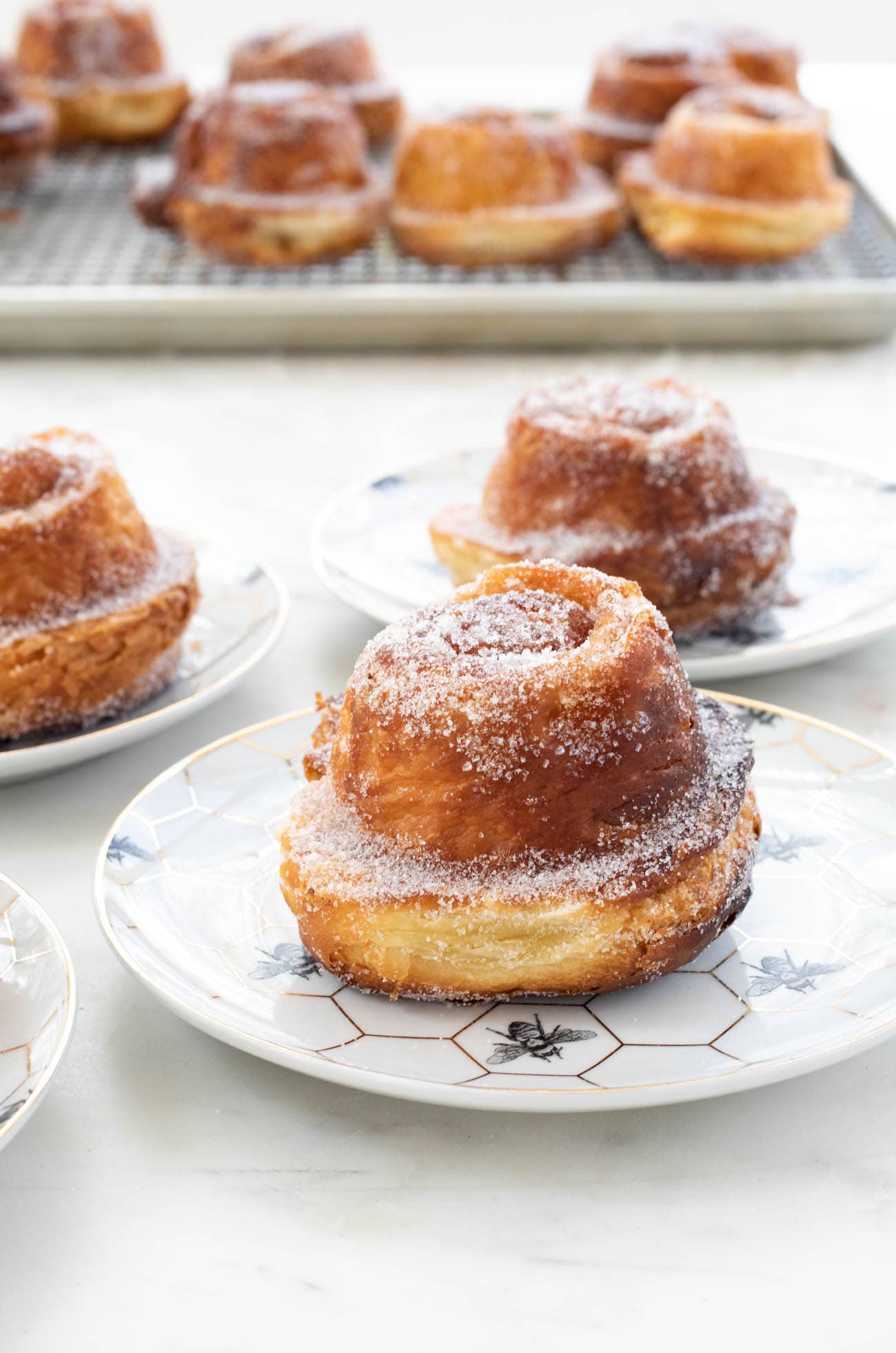
Of the entire recipes I’ve developed between my cookbooks, working in bakeries, and this web page, this Cheater Croissant Dough may very well be the one I spent the longest engaged on. It is thought of considered one of my favorite recipes, as a result of it affords all people the prospect to make and experience the magic of flaky, delicate croissants and so many alternative treats in a simplified, easier technique.
It wasn’t until I study Thomas Keller’s Bouchon Bakery that I accepted that dwelling croissants had been certainly not going to be utterly on par with bakery ones. He writes: “Croissant dough might be probably the most troublesome of the enriched doughs to get correct…[y]ou can certainly not grasp it totally. Every time you strive it, it’s new. The temperature of your kitchen, the humidity throughout the air, the absorbency of the flour, the train of the yeast – all these elements impact the dough.”
After I understood that this expert pastry chef who had made tons of of croissants could certainly not grasp the croissant, I knew I wanted to take a novel technique for my very personal kitchen. I wanted a dough that mimicked the flaky, butter layers of a croissant, nonetheless gave considerably further area to imperfection.
This dough is impressed by many different recipes, nonetheless notably Dominique Ansel’s croissant MasterClass and Mandy Lee’s laminated dough in her e book The Art work of Escapism Cooking. Mandy skips using the butter in a block, instead spreading room temperature butter over the ground of the dough, after which proceeds with the folding.
The outcomes are nonetheless amazingly flaky, and it actually works good in many different recipes that I’ve developed using this dough. You’ll uncover a complete chapter of them in my 100 Morning Treats cookbook, from danishes to cruffins, and almond croissants to morning buns.
The Blue Heron Coffeehouse (the place I spotted to bake in college) graciously examined this recipe for me after I used to be creating it, and has been using this dough for numerous years now of their baked objects each day.
You presumably can see just a few of the beautiful pastries they’re making over on their Instagram internet web page and of their Instagram tales.

What makes this a Cheater Croissant Dough? Is it puff pastry?
Croissant dough and puff pastry every are from the an identical family of laminated doughs. A laminated dough contains many layers: traditionally the dough is wrapped spherical a block of butter, then it is rolled out skinny and folded numerous cases. When the dough is baked, the water contained throughout the butter steams, and “puffs” the dough, creating layers that are light and flaky. Whereas every puff pastry and croissant doughs are laminated, puff pastry would not embrace yeast and croissant dough does. The yeast affords the dough a superb lighter texture. Croissant doughs moreover comprise further sugar than puff pastry.
Step-by-Step Info to Making Cheater Croissant Dough
Traditionally, croissant doughs have a butter block (or beurrage) encased throughout the center of the dough. For this cheater recipe, you’ll take the butter and unfold it over the rolled-out dough, after which proceed with folding the dough (or turns). This helps the dough come collectively considerably faster, and the dough rolls out fantastically. It makes a really delicious, flaky pastry.
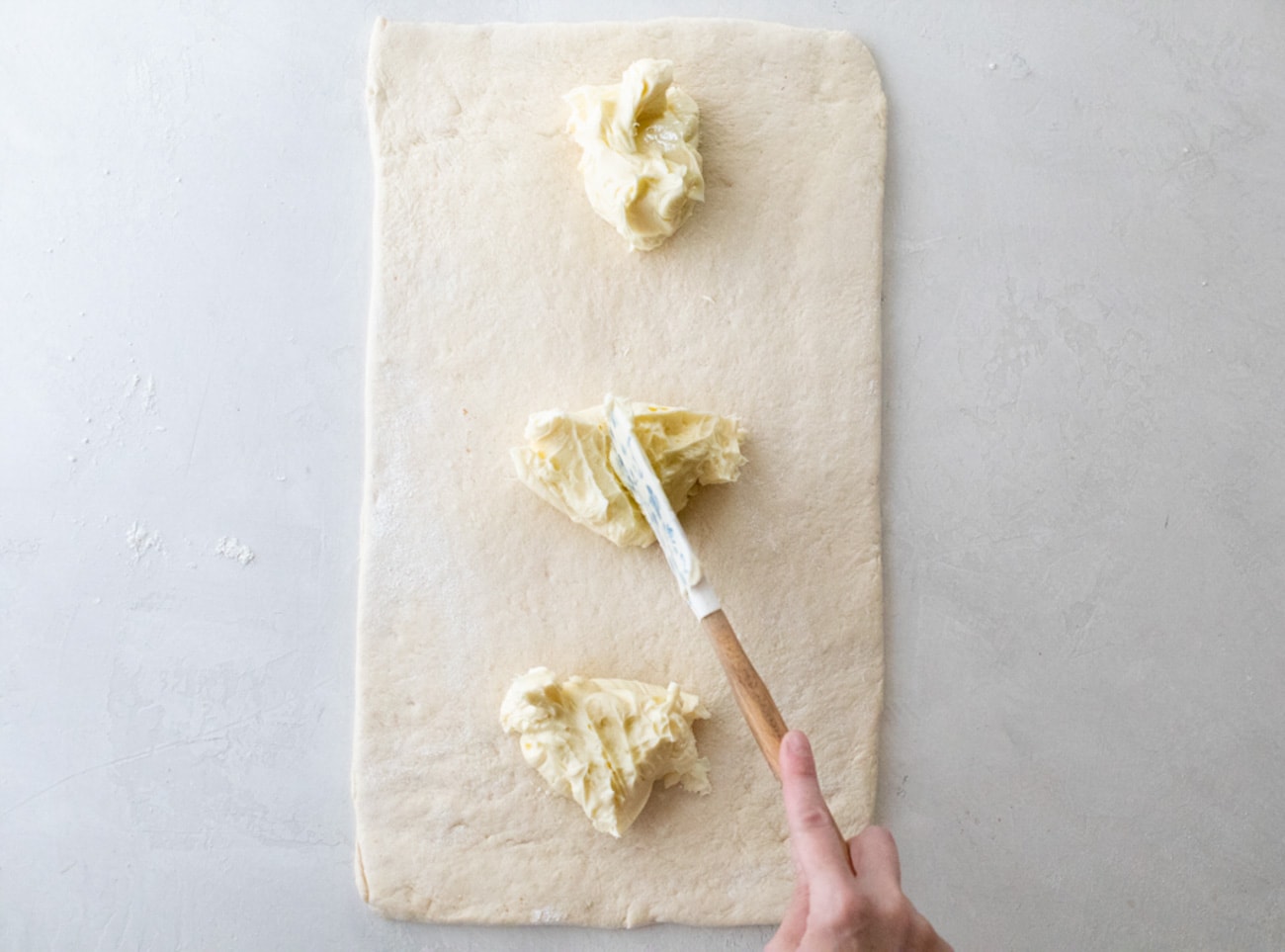
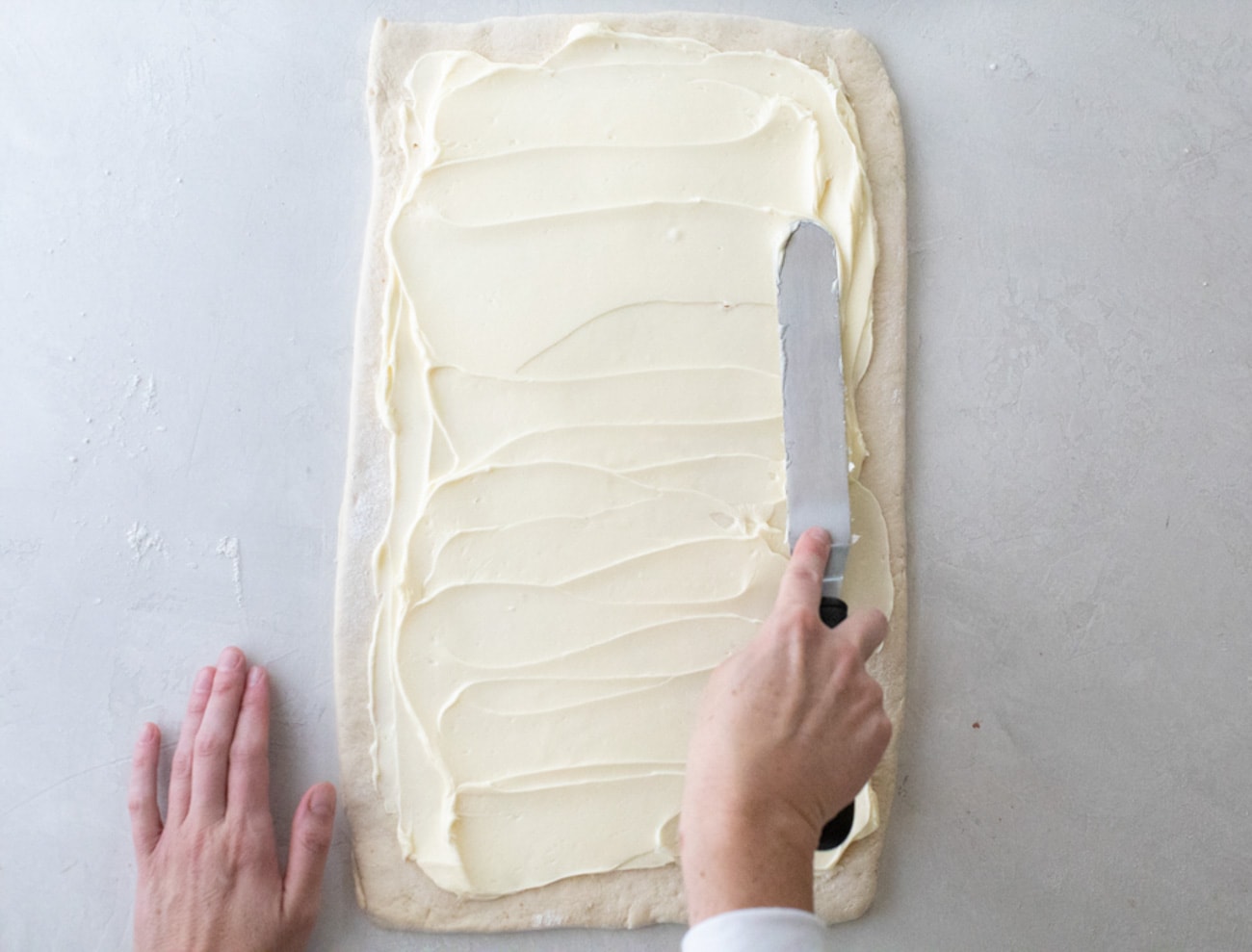
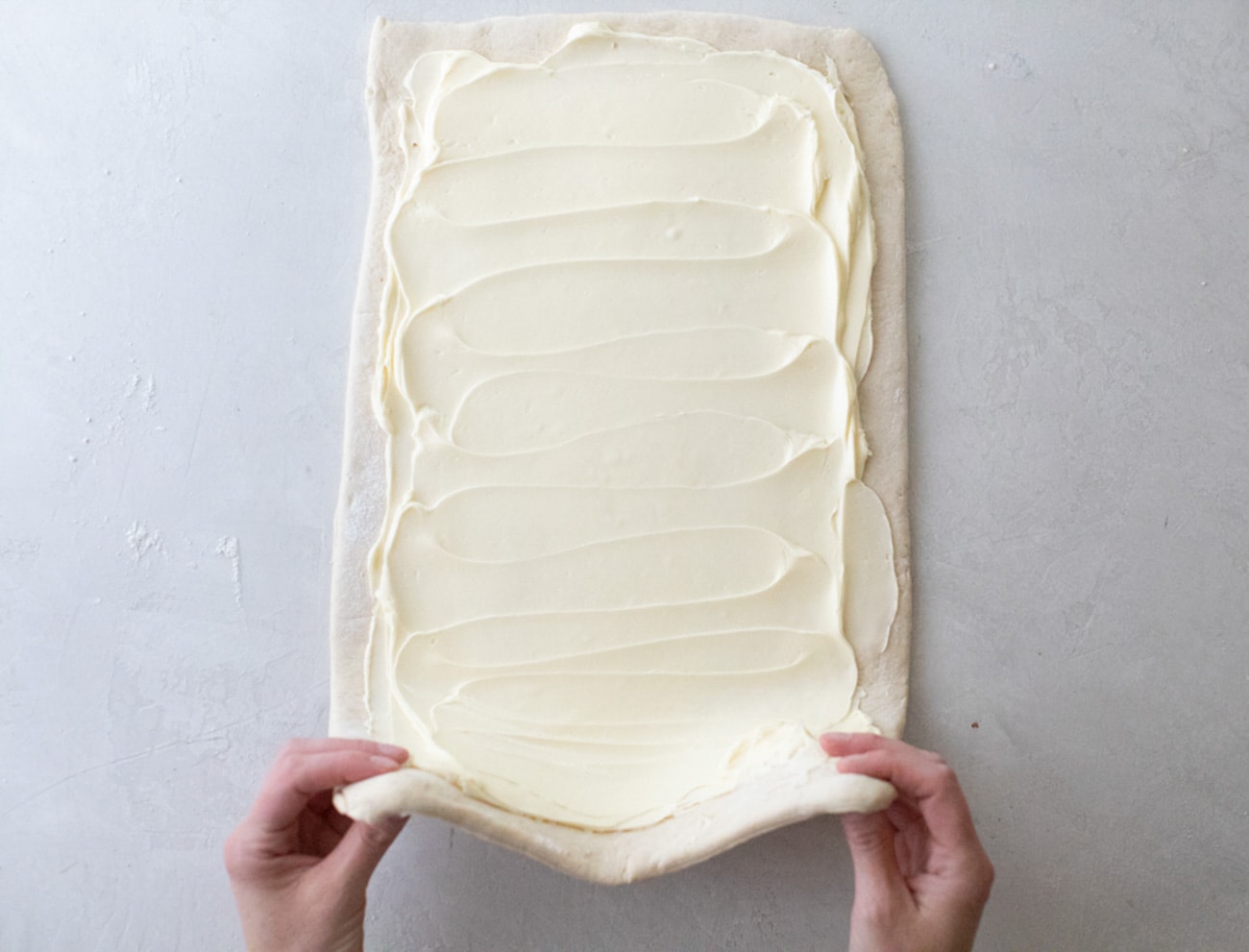
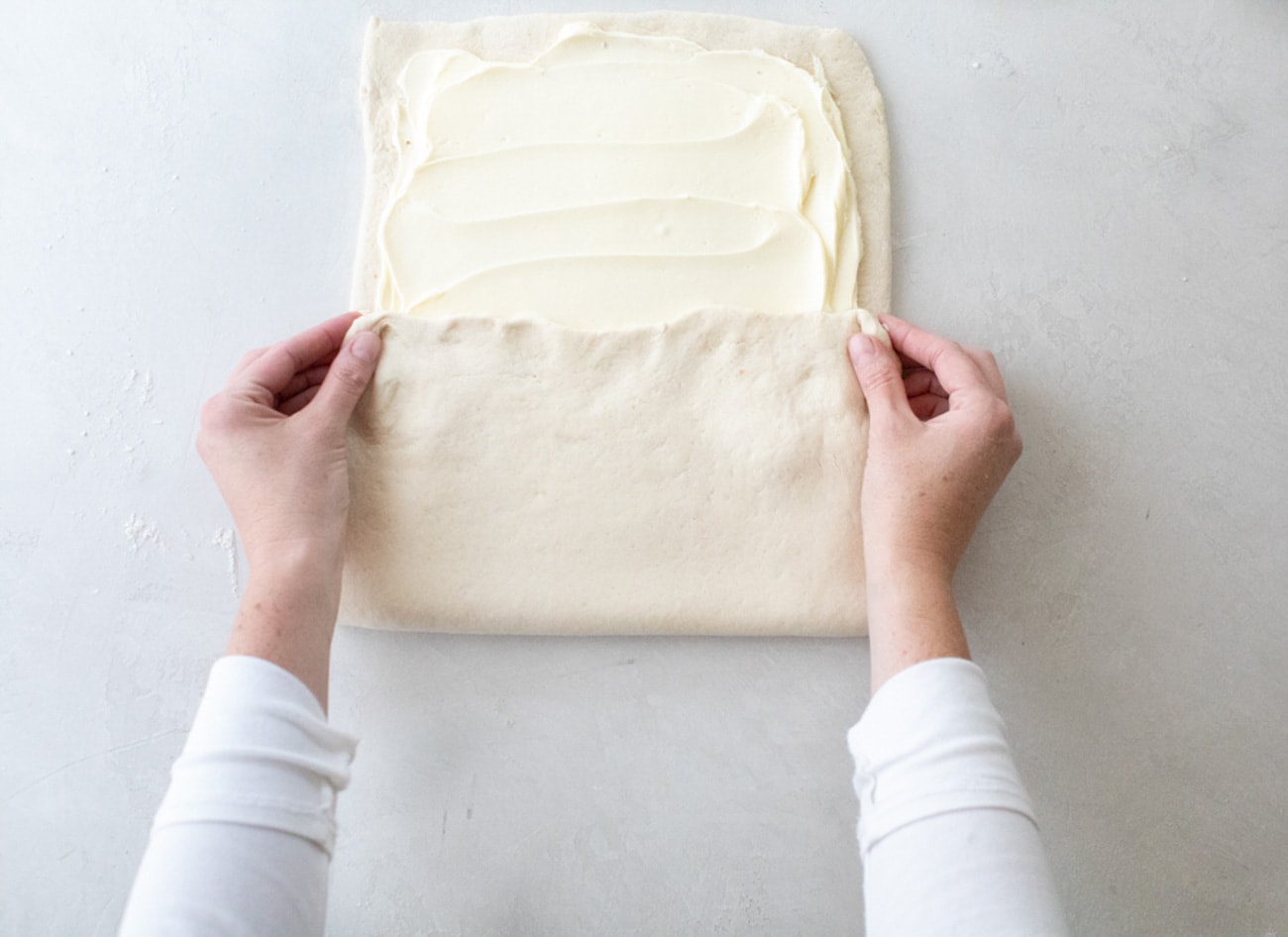
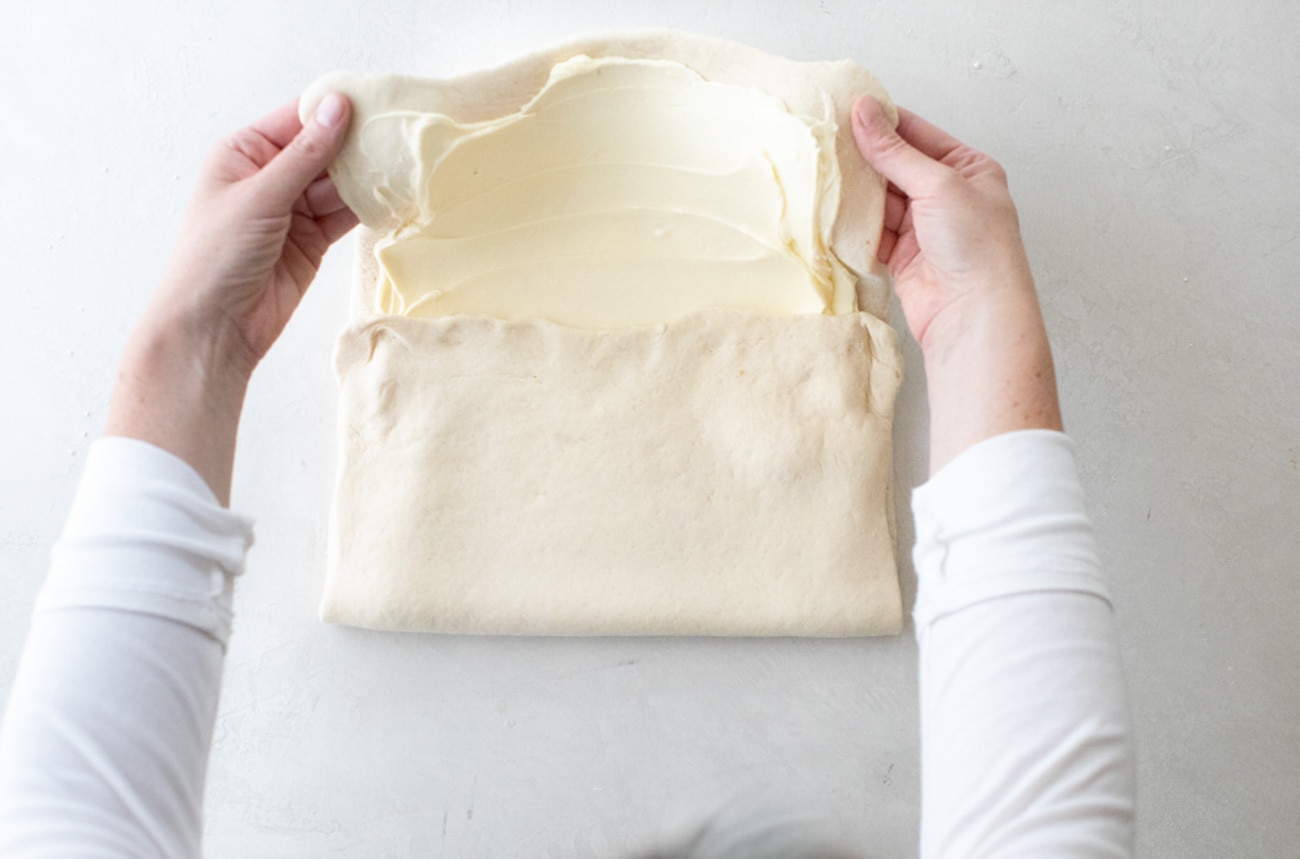
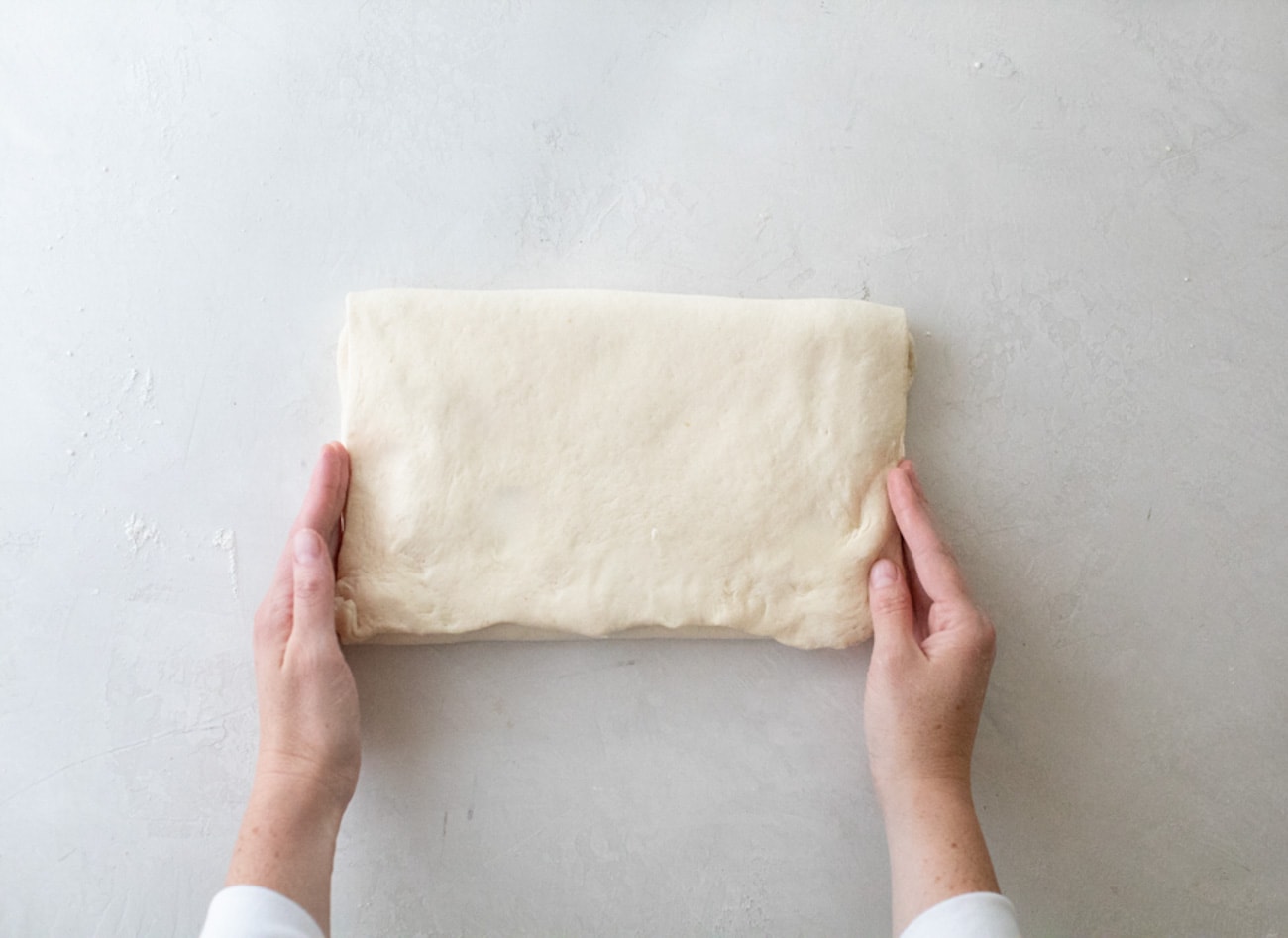
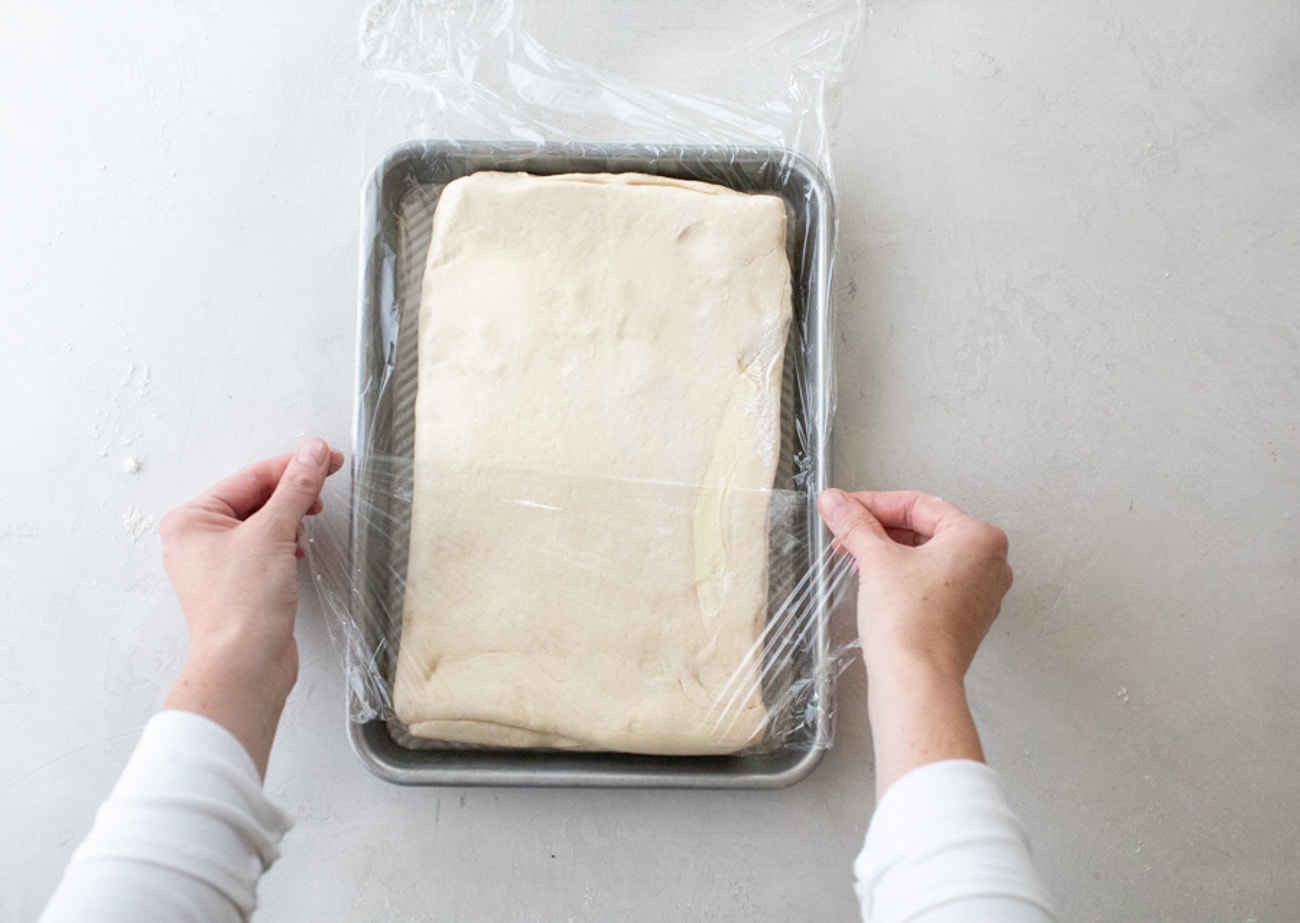
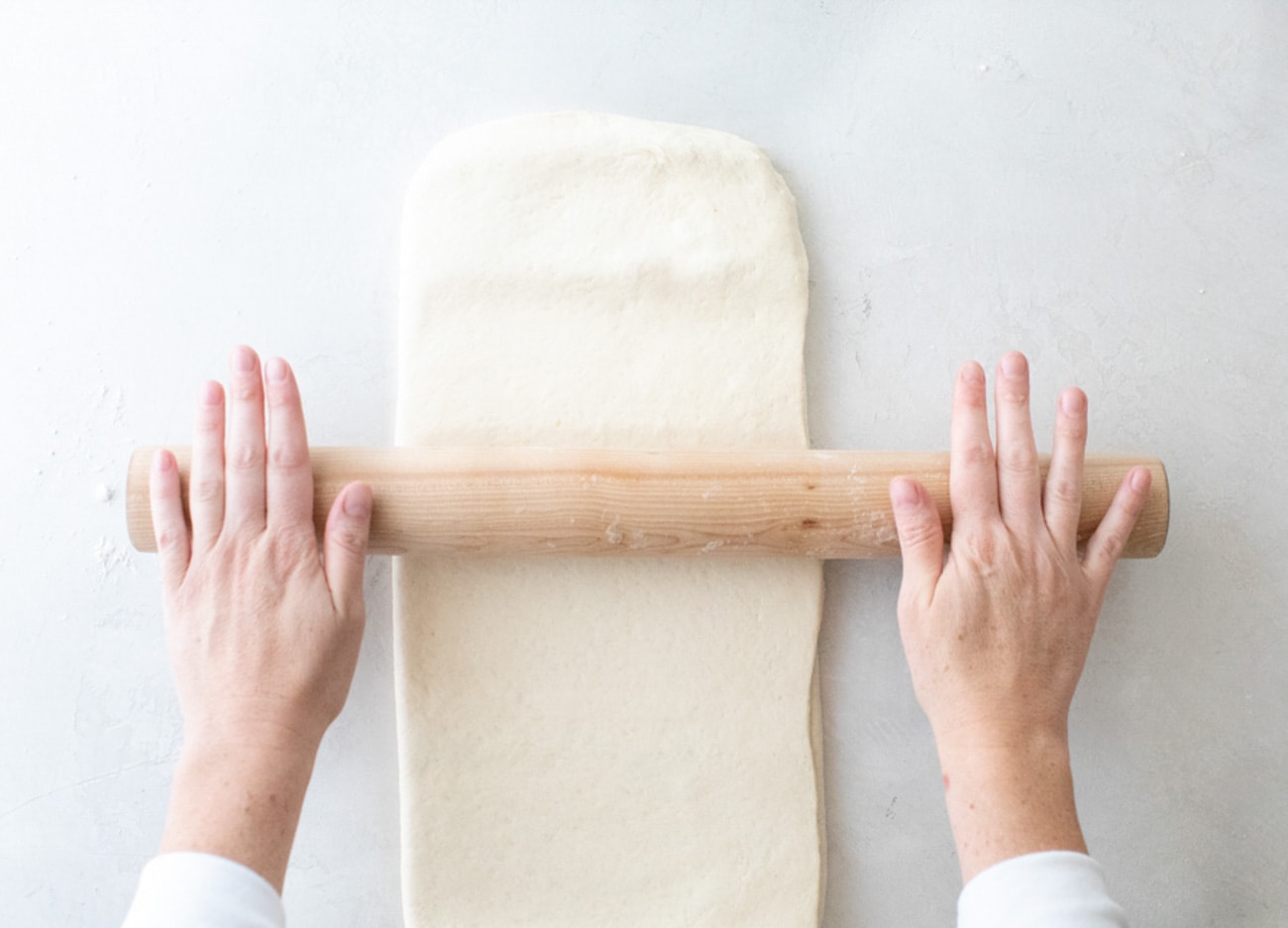
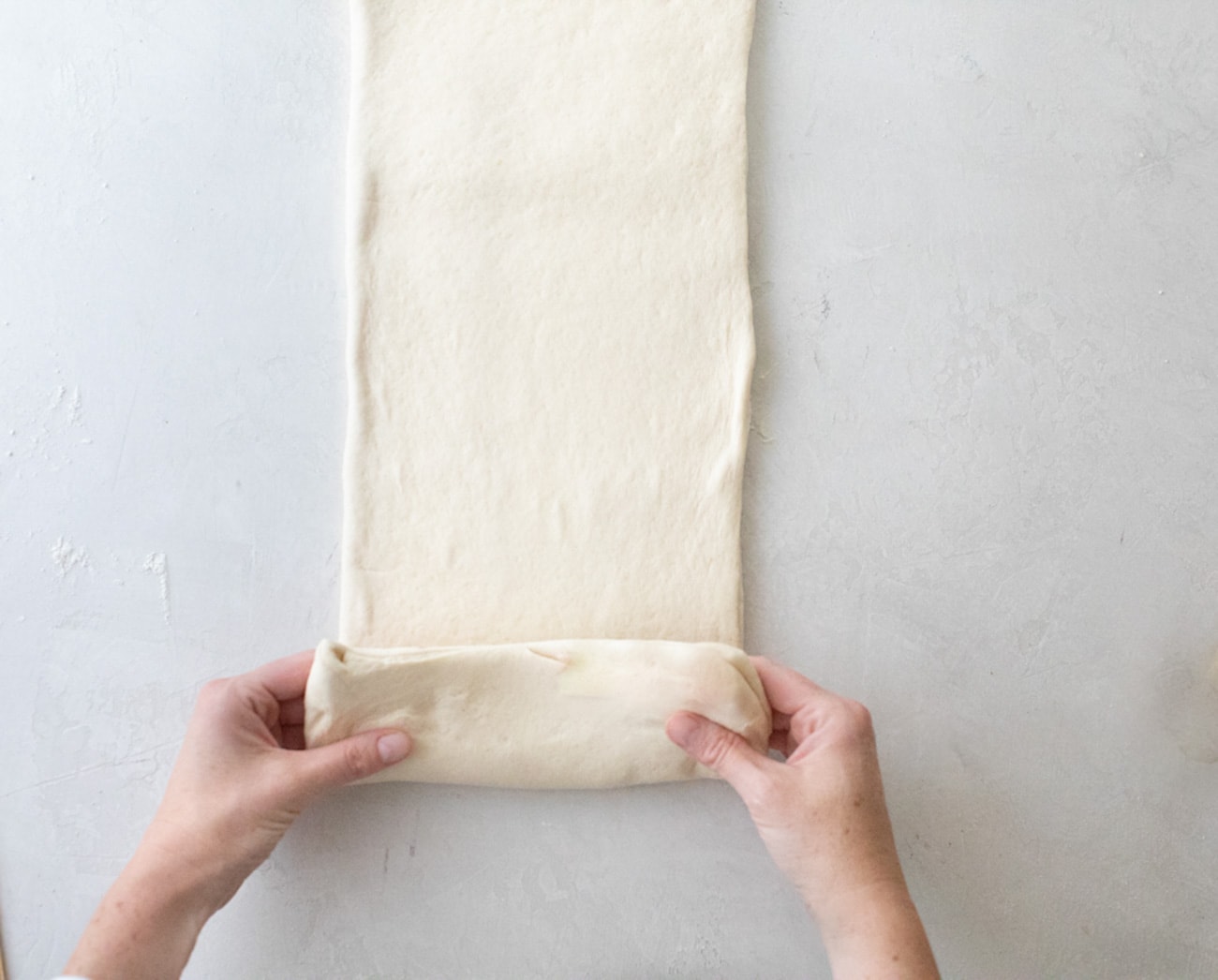
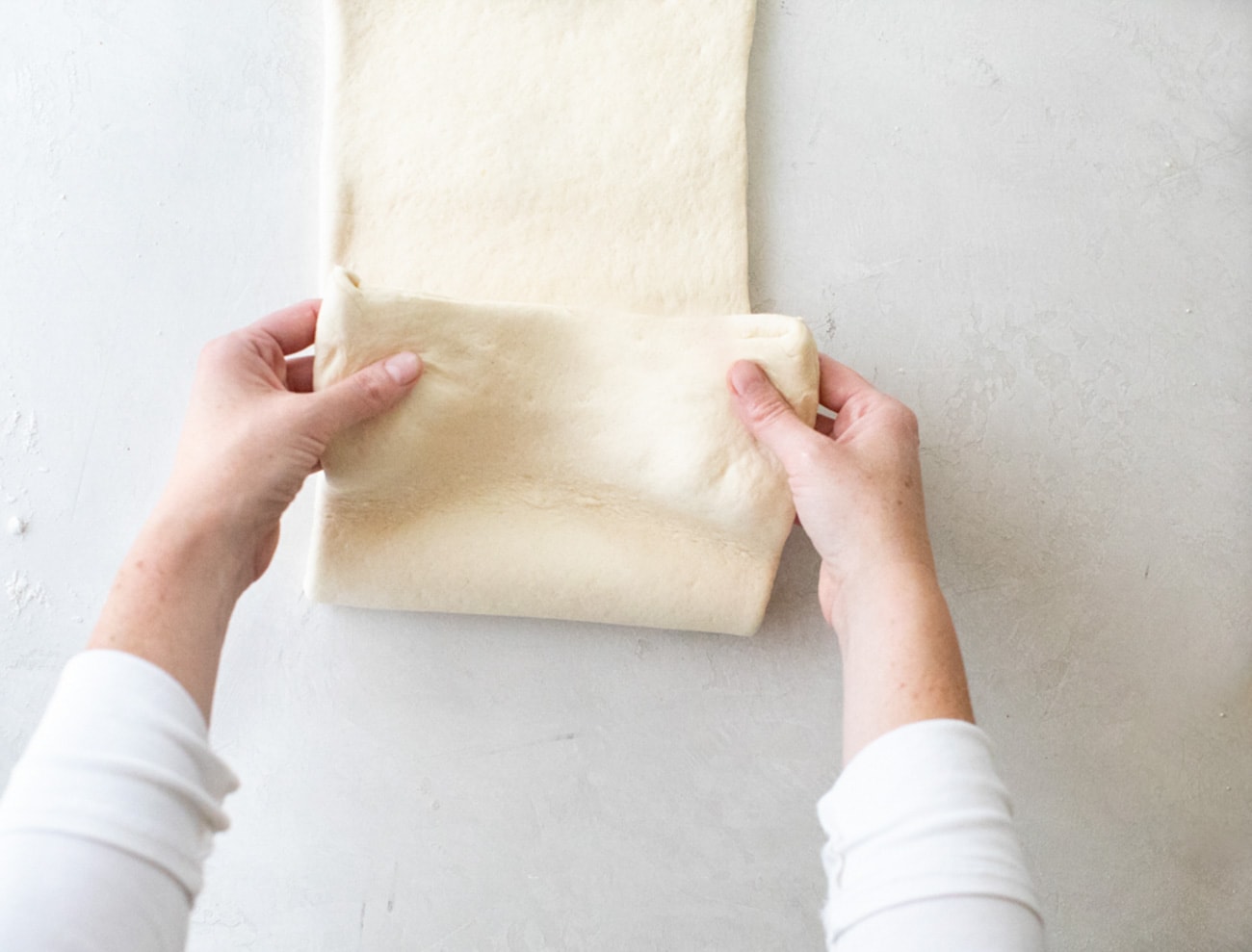
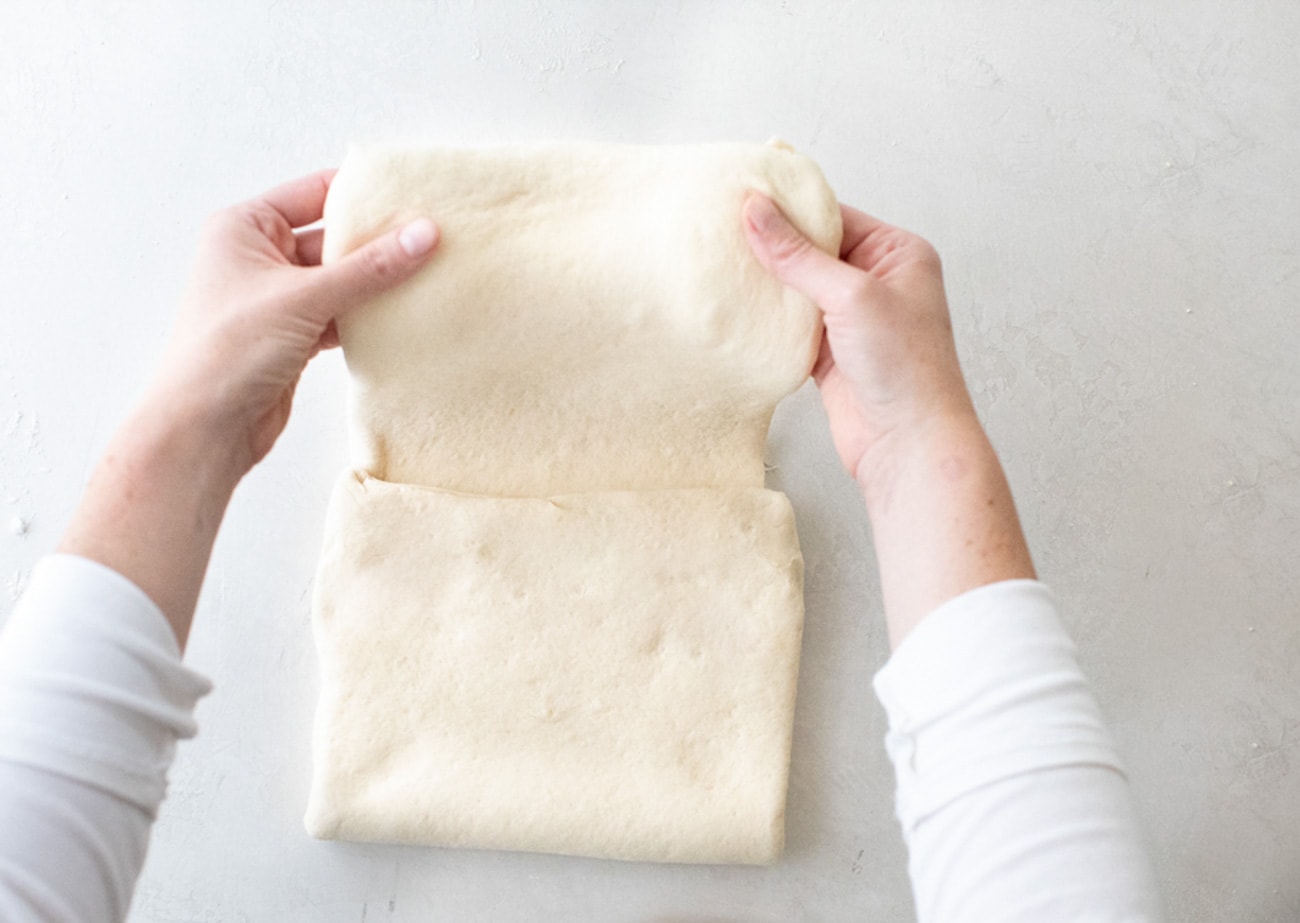
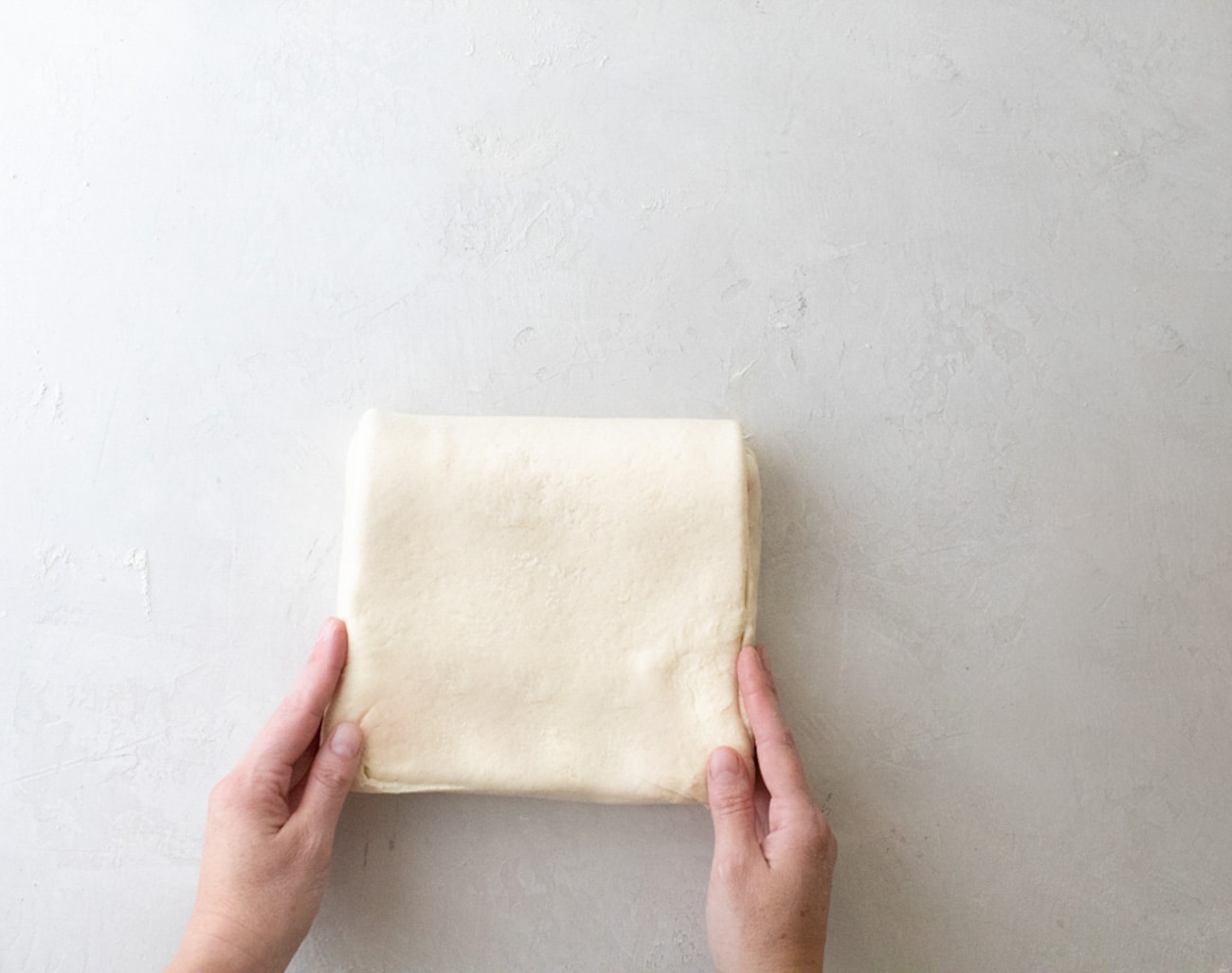
Using European-Kind Butter to Make Croissant Dough
European-style butter, by regulation, contains a greater share of butterfat than “widespread” or American butter, and as well as has a a lot much less water content material materials. American butter melts faster due to the bigger water content material materials, which results in cracking easier when chilled. This will likely make the laminating course of more durable. European-style butter moreover has a creamier, richer fashion, that is important in creating style throughout the dough. In a pinch, I’ve used American butter on this recipe and it actually works, nonetheless the dough is way much less rich, and after freezing did current indicators of cracking.
Prime 3 Concepts for Working with this Dough
Make certain your kitchen isn’t too scorching! This will impact how your dough rolls out. The yeast will began to launch gasoline as a result of the dough warms up, so a cool environment is important. If at any degree your butter begins to melt or your dough begins to warmth and observe your work home, you’ll switch the dough to the fridge to chill out.
Observe is important: Study through the whole recipe a few instances, so that you truly understand the entire steps. Within the occasion you haven’t made this recipe or a laminated dough sooner than, give your self home to make errors. Coaching a few cases sooner than using this dough for an important event (brunch, holidays, and so forth) is an effective suggestion. Errors are part of the tactic! We research by making errors, so in case your dough doesn’t show utterly the first time, have persistence along with your self.
Use the flour often known as for and use a kitchen scale to weigh substances. Flour is among the many most significant establishing blocks in baking. Utterly completely different producers of flour have varied ranges of protein, which may result in very completely completely different outcomes in baking. When working with yeasted doughs, I wish to make use of King Arthur flours, and use their all-purpose, unbleached flour on this recipe.


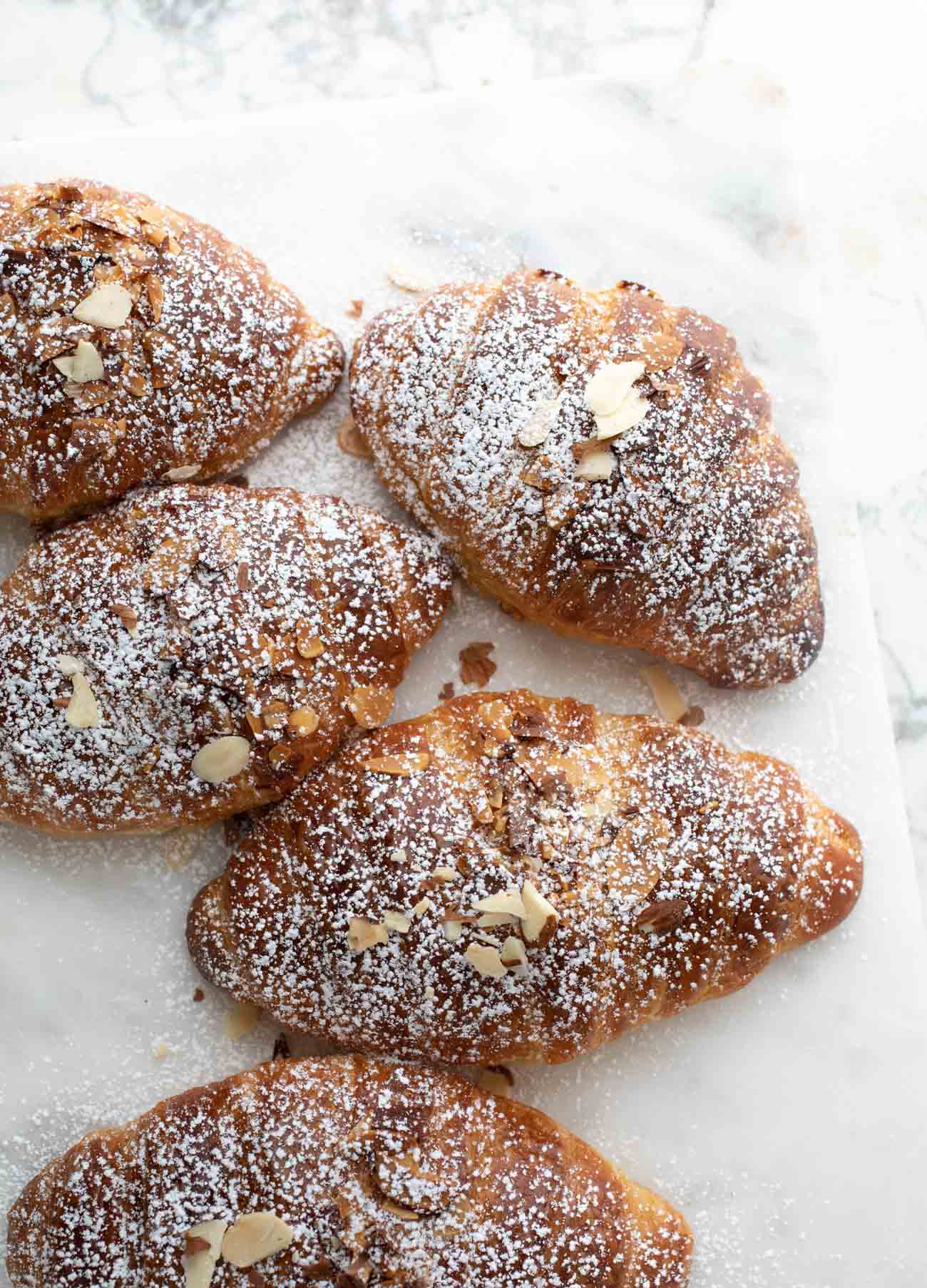

Print
Pin
- 1½ cups [360 g] warmth water (100 to 110°F [35 to 42°C]
- 1 tablespoon plus 1 teaspoon vigorous dry yeast
- 4 cups plus 1 tablespoon [577 g] all-purpose flour, plus further for dusting
- ¼ cup plus 1 tablespoon [65 g] granulated sugar
- 2 teaspoons salt
- 2 tablespoons unsalted butter, melted
- 1½ cups [3 sticks or 339 g] unsalted European butter (ideally 82 p.c butterfat), at room temperature (68°F [20°C] and pliable
-
Grease a giant bowl and put apart. In a small bowl or liquid measuring cup, stir collectively the water and yeast and let sit until dissolved, about 5 minutes.
-
Inside the bowl of a stand mixer fitted with the hook, mix collectively 4 cups [568 g] of the flour, granulated sugar, and salt. Start the mixer on low tempo and add the water-yeast mixture, adopted by the melted butter. Proceed to mix until the entire substances are combined, 3 or 4 minutes (see notes). The dough shall be robust and bumpy nonetheless should be in a single piece. Switch the dough to the large greased bowl and cover with plastic wrap. Let the dough rise at room temperature for 1½ to 2 hours, until doubled in measurement.
-
Gently press down on the dough, releasing as rather a lot gasoline as potential. Place the dough on a giant piece of plastic wrap and kind it right into a ten by 12 in [25 by 30.5 cm] rectangle. Cowl the dough with further plastic wrap, place it on a sheet pan, and swap it to the fridge for not lower than 2 hours and as a lot as in a single day.
-
Inside the bowl of a stand mixer fitted with a paddle, beat the European butter and the remaining 1 tablespoon of flour collectively until creamy and combined, 2 to a few minutes (see notes).
-
Take away the dough from the fridge, unwrap it from the plastic, and place it on a evenly floured work ground. Roll the dough proper right into a 12 by 20 in rectangle. Unfold the whole rectangle evenly with the butter-flour mixture, leaving a ½ in [12 mm] border throughout the rectangle. Make the first flip, or letter fold: Starting with a short side coping with you, fold one-third of the dough onto itself, guaranteeing the edges are lined up with each other. Then fold the remaining one-third of dough on excessive of the side that has already been folded. Rotate the dough so the seam is coping with to the proper and one open end is coping with you. Gently roll the dough right into a ten by 18 in [25 by 46 cm] rectangle. (Each time you roll, the rectangle will get a bit smaller.) Repeat the letter fold. Sprinkle flour on a sheet pan or plate, place the dough on it, and freeze the dough for six minutes—set a timer so that you just don’t neglect (see notes; this helps cool the dough barely and makes the ultimate flip a lot much less messy).
-
Take away the dough from the freezer and repeat the letter fold as soon as extra, guaranteeing the seam is coping with to the proper. Roll the dough as soon as extra proper right into a rectangle, about 8 by 16 in [20 by 40.5 cm]. Repeat the steps for one letter fold. Gently compress the dough with the rolling pin and, counting on the recipe you are using, preserve the dough in a single piece or decrease the dough into two equal components. If using the dough immediately, place the piece getting used throughout the freezer for six minutes to chill out, then proceed with the recipe. In some other case, wrap the dough in plastic wrap, place it in a freezer safe bag, and freeze for as a lot as 2 weeks. The dough may very well be away from the freezer the evening time sooner than using and positioned throughout the fridge to thaw.
Within the occasion you neglect regarding the dough throughout the freezer, let it sit at room temperature for a while until it could be rolled out merely.
The laminating course of will help strengthen your dough.
